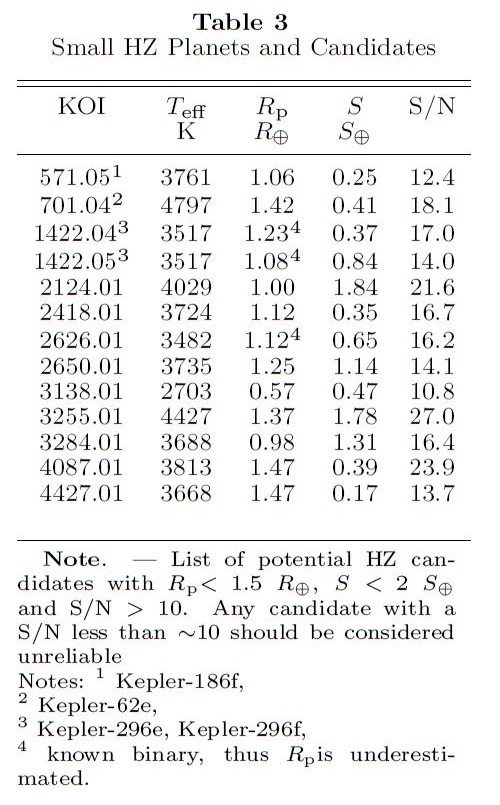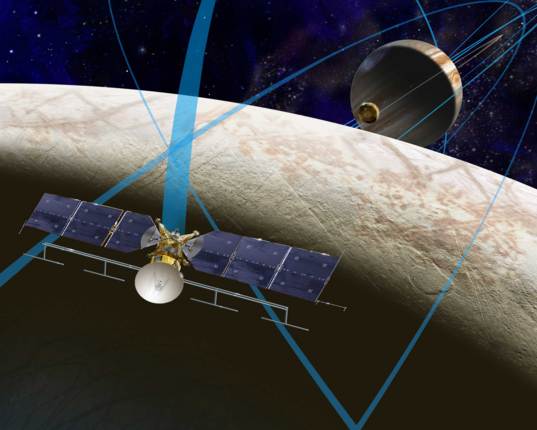ScienceRocks
Democrat all the way!
- Thread starter
- Banned
- #401
NASA developing robotic helicopter scout for Mars rovers
By David Szondy
January 26, 2015
4 Pictures

By David Szondy
January 26, 2015
4 Pictures

The next big discovery is always beyond the next hill, but what if you can't see over it? That's the problem facing NASA with its Mars rovers, so the space agency is looking into how robotic helicopters could help scout the land ahead and give engineers back on Earth data to help plot the best route.










